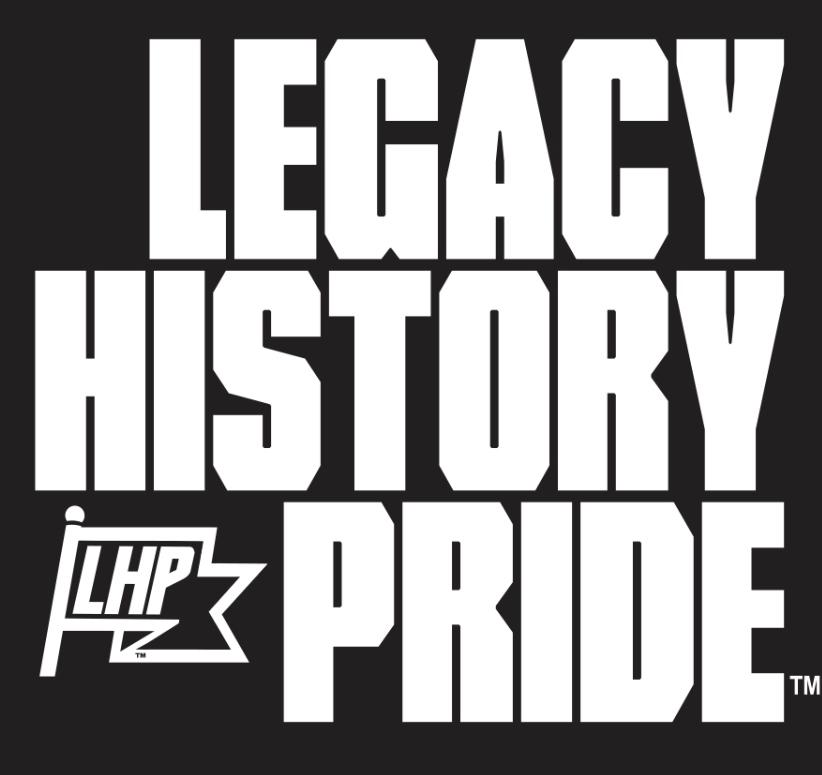History of HBCUs

From a history saturated in racism came the very essence of black excellence. After the Civil War ended in 1865, formerly enslaved African Americans left plantations in pursuit of everything that embodied freedom, including education. During the war, public policy and some statutory provisions prohibited the education of blacks in certain parts of the U.S. Those seeking education were denied from traditionally white institutions, so new paths were forged. Here is an abbreviated history of how HBCUs came to be.
Even before the war had officially come to an end, white philanthropists and black churches worked to found schools all over the South. The first few are still well-known institutions. The Institute for Colored Youth was established in 1837 and would later be known at Cheyney University of Pennsylvania. Lincoln University was opened in 1854, with Wilberforce University two years later. While the number of HBCUs was steadily increasing, a major facet of them was providing elementary and secondary education to those who had never received it. It wasn't until the early 20th century that these institutions were able to offer postsecondary courses and degrees.
A number of changes occurred in America during this time that changed the course of history. According to the U.S. Department of Education, The Second Morrill Act (1890) "required states with racially segregated public higher education systems to provide a land-grant institution for black students whenever a land-grant institution was established and restricted for white students." This meant that whatever was built solely for white students, the same must be given to black students. 16 schools resulted as designated land-grant colleges, which was a great success. However, these HBCUs mostly offered trade courses like agriculture and mechanics. Six years later, Plessy v. Ferguson established a "separate but equal" doctrine in public education.
By 1953, 32,000 black students were enrolled in primarily black institutions and 43,000 in public black colleges. African Americans had finally won a permanent place in national education, but this fight was far from over. 1954 Brown v. Board of Education shattered public education's "separate but equal." Plessy was overturned, and a true victory was earned by hard fighting African Americans and white supporters. The Civil Rights Act of 1964 ensured equal opportunity. Title VI specifically protects individuals from discrimination based on race, color, or national origin in programs or activities receiving federal financial assistance.
While segregation is a practice of the past, many black students still feel more comfortable at HBCUs. Given the rich history of HBCUs and the family-like environments they create, it is easy to see why students opt for schools like Howard instead of UVA. With racial tensions on the rise in recent years, more black students are choosing HBCUs. For example, from 2014 to 2016, Clark Atlanta University saw a 109% increase in fall applicants, according to National Geographic. Surges like this may mean that HBCUs will once more see a rise of Black students entering their schools. Over the years, a number of HBCUs closed their doors, while others merged with PWIs. No matter what, HBCU history has been affected by some of this nation's greatest black leaders, many of which were HBCU alumni. Institutions like Tuskegee University and Spelman College, amongst many others, are leaders in awarding bachelor's degrees to black students in STEM fields. Plus, HBCUs rank high in the proportion of graduates who go on to graduate work. History is being made all the time at HBCUs—Black students continuously informing the HBCU and African-American narratives in the United States.

